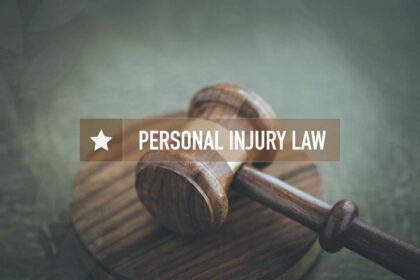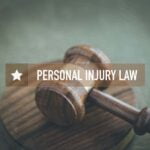Navigating an Injury Claim in Kansas – Understanding Pre-Existing Conditions

When dealing with an injury claim in Kansas, things can get quite complex, especially when insurance companies begin to scrutinize your pre-existing conditions. It’s a common tactic used by insurers, so it’s important to be prepared for it. In this article, we’ll explore how your prior aches and pains might come into play when making a personal injury claim in Kansas.
What Exactly Is a Pre-Existing Condition in Your Claim?
In this context, a pre-existing condition refers to any injury or chronic ailment you had before the collision. This condition could either intensify the physical effects of the collision or be aggravated by it.
Let’s illustrate this with a couple of examples:
Imagine you’re still recovering from a herniated disk when a reckless driver rear-ends you, worsening your existing back problems. Or, consider a condition like hyperparathyroidism, which causes low calcium levels and weakens your bones. If you’re rear-ended while suffering from this ailment, the risk of bone fracture from the impact would be significantly higher.
The Myth of Perfect Health
Contrary to the belief that most people are in perfect health before a collision, the truth is that almost everyone has some underlying health concerns. Insurance companies often use this fact to their advantage, attempting to attribute your injuries to pre-existing conditions and pay you as little as possible.
They may argue that your injuries are unrelated to the collision and have roots in your medical history. Don’t fall for this tactic.
Eligibility for Compensation with Pre-Existing Injuries
If you had injuries before a collision, then you might not be eligible for compensation for regular treatment that was prescribed to you before the collision. If a collision worsens a pre-existing condition, requiring additional, more frequent, or different treatment, there could be a path to compensation. It’s like a sequel in your injury narrative, with the existing injuries taking center stage once again.
The ‘Eggshell Plaintiff’ Rule
Sometimes, it’s challenging to distinguish between old and new injuries. This is where the ‘eggshell plaintiff‘ rule comes into play. This rule states that the responsible party must accept the injured party as they are. So, if a car collision intensifies a previous injury, the at-fault party can’t evade liability by pointing to the victim’s pre-existing vulnerability.
The Importance of Full Disclosure of Previous Injuries
Always provide your attorney and healthcare professionals with a comprehensive history of any previous conditions or injuries. Instead of letting insurance adjusters twist the narrative in their favor, rely on an experienced personal injury attorney from DeVaughn James to convey this information to the insurance company on your behalf.
Transparency, meticulous documentation, and the right legal guidance are essential tools if you want to secure fair compensation for your collision injuries. The seasoned lawyers at DeVaughn James will handle it all for you. If you refuse to settle for less than the compensation you rightfully deserve, call us today at (316)(785)(620) 888-8888. Your peace of mind is our priority. Let us handle the insurance company while you focus on your recovery!









